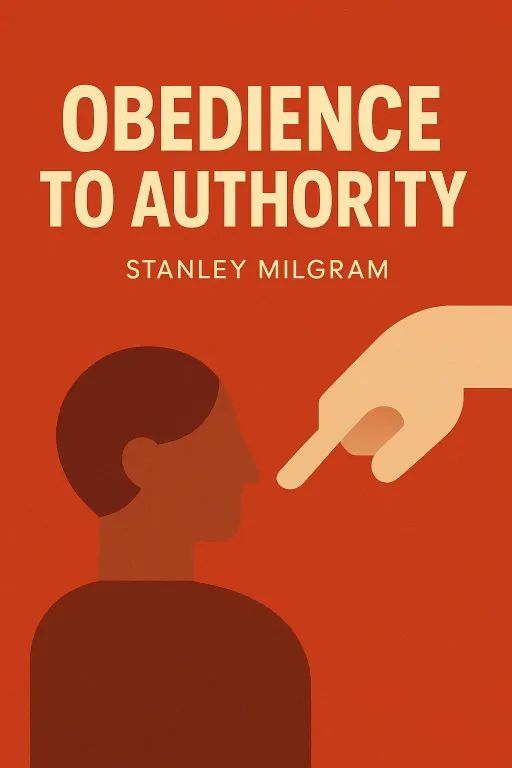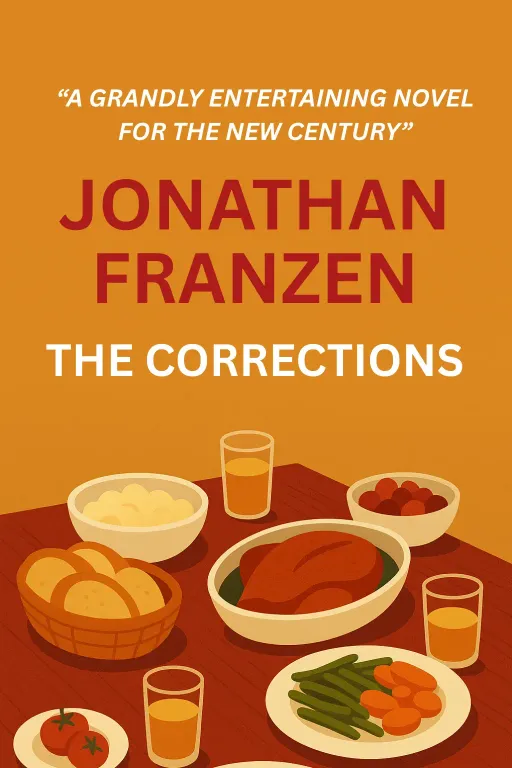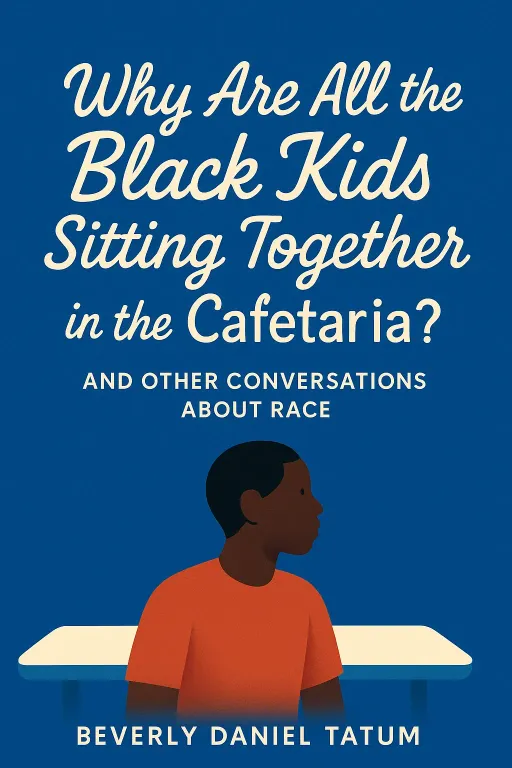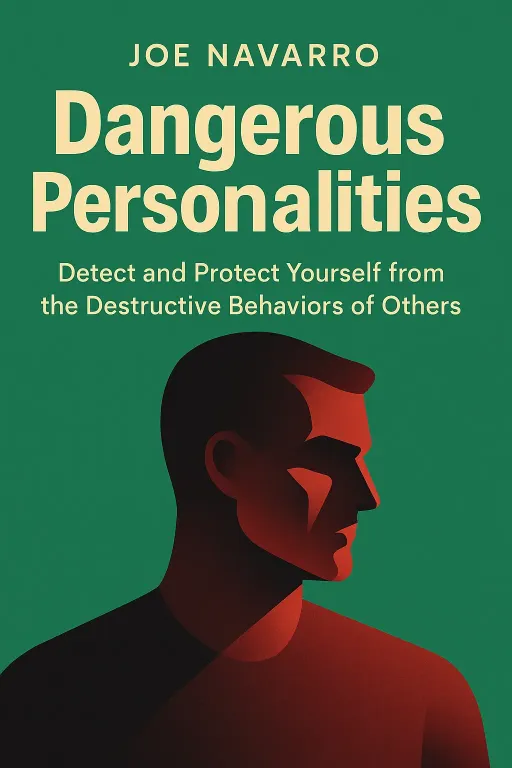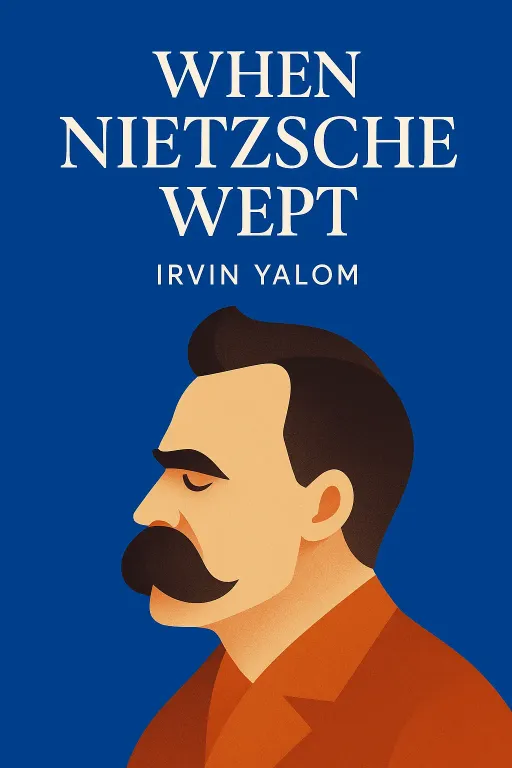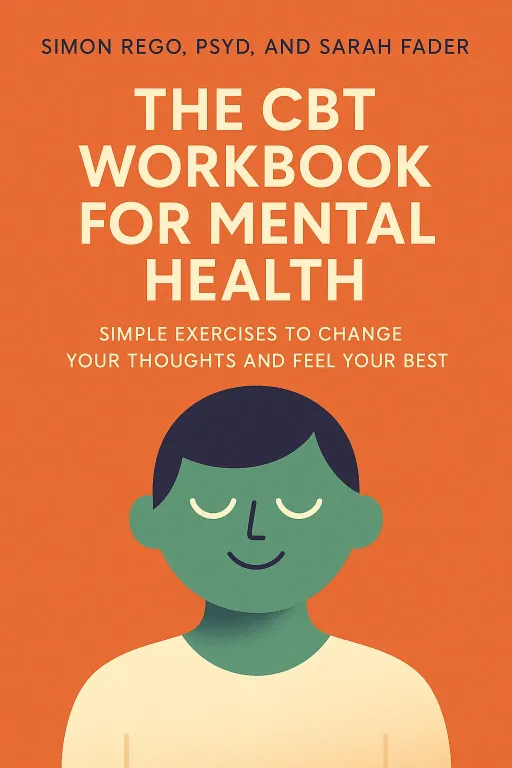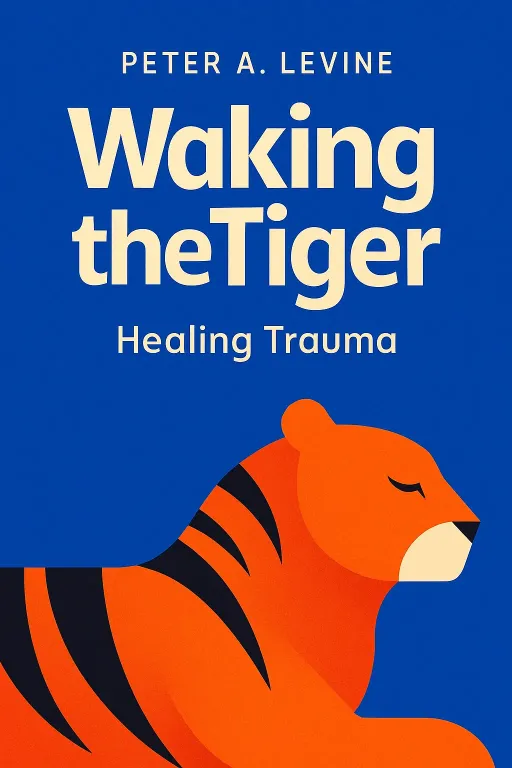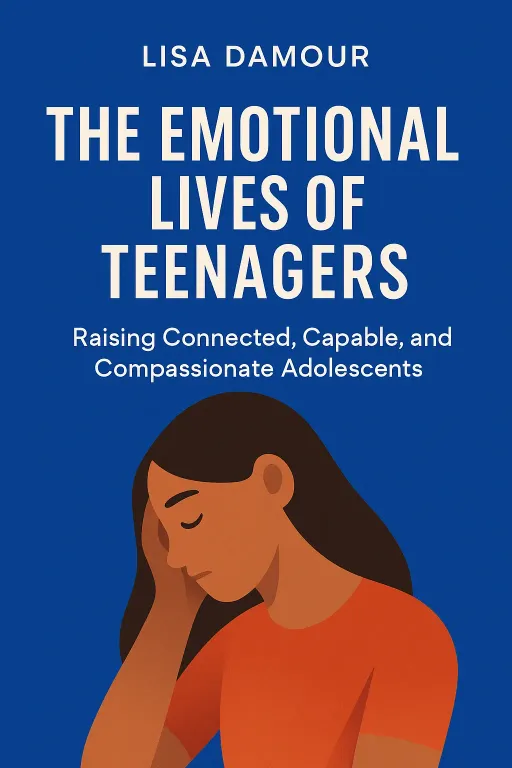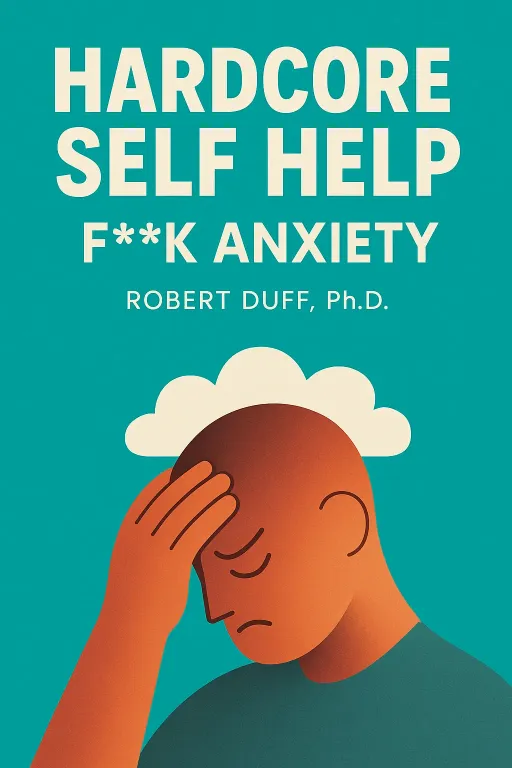
Your Brain's an Asshole: A Practical Guide to Taking Back Control
9 minGolden Hook & Introduction
SECTION
Nova: Have you ever felt like your own brain is your worst enemy? One minute it's brilliant, and the next it's a 'douchebrain,' as Dr. Robert Duff puts it, sabotaging you with worry and self-doubt.
Cheryl: Oh, absolutely. It’s that frustrating feeling of being stuck in a loop you can't escape, where you're arguing with yourself and losing.
Nova: Exactly! Well, today we're diving into Duff's refreshingly blunt book, 'Hardcore Self Help: F**k Anxiety,' to get the tools to fight back. We're not using psychobabble; we're using real talk and practical strategies. Today we'll dive deep into this from two powerful perspectives. First, we'll deconstruct the 'engine' of anxiety by looking at the crucial link between our thoughts, feelings, and actions.
Cheryl: I love that, getting into the mechanics of it.
Nova: Yes! And then, we'll reveal the 'surfer's secret'—a game-changing mindset shift about what it truly means to overcome anxiety. Let's get into it.
Deep Dive into Core Topic 1: Deconstructing the Anxiety Engine
SECTION
Nova: So, Cheryl, let's start with that core idea of self-sabotage. The book introduces a concept from Cognitive Behavioral Therapy, or CBT, called the 'Cognitive Triangle,' which is like the blueprint for how anxiety gets a grip on us. It’s this idea that our thoughts, our feelings, and our behaviors are all connected in a loop.
Cheryl: Okay, so they all influence each other. That makes intuitive sense.
Nova: It does, but the book has this fantastic story to make it really, really clear. Imagine this: you get home, you open your kitchen cabinet to get a glass, and a million dollars in cash just tumbles out onto the floor.
Cheryl: Okay, that’s a problem I’d like to have.
Nova: Right? But here's the question: what's your first thought? Let's say your first thought is, "Oh my god, this must be drug money. Someone's coming for this. I'm in danger." What do you think you'd feel?
Cheryl: Absolute terror. Panic. My heart would be pounding.
Nova: And what would you do? Your behavior?
Cheryl: I’d probably slam the cabinet shut, lock the door, and call the police.
Nova: Exactly. Thought: "This is danger." Feeling: Fear. Behavior: Call the cops. Now, let's rewind. Same situation. A million dollars falls out of the cabinet. But this time, your first thought is, "Wait a minute... I entered that publisher's clearing house giveaway! I won!" What's the feeling now?
Cheryl: Pure elation! I'd be screaming, jumping up and down. Disbelief, but the good kind.
Nova: And the behavior?
Cheryl: I'd be calling my family, planning a vacation, probably rolling around in the money!
Nova: See? The event was identical. A million dollars appeared. But the —the story you told yourself about it—completely changed your emotional and behavioral reality. That's the Cognitive Triangle in action.
Cheryl: Wow, that's incredibly clarifying. It's not the money that's the problem, it's the story you tell yourself the money. It feels like it gives you a point of intervention. You can't change the money falling out, but you can question the story.
Nova: You've hit the nail on the head. That's the whole point. We can't always control what happens to us, but we have this leverage point: our thoughts. And that’s where we get into what the book calls 'maladaptive cognitions' or 'cognitive distortions'—basically, these faulty, unhelpful stories our brains tell us.
Cheryl: Like a default setting that’s just not serving you.
Nova: A perfect way to put it. A classic example the book gives is 'catastrophizing'. The story goes: you go to the doctor for a check-up. The doctor looks at your chart and says, "Hmm, your BMI is a little higher than it should be."
Cheryl: Okay, I can already feel where this is going.
Nova: Right? The non-catastrophic thought might be, "Okay, I should probably incorporate more salads and go for more walks." But the catastrophic thought, the cognitive distortion, is: "I'm obese. I'm definitely going to get diabetes. I'll never be able to run a marathon. I'm going to die alone."
Cheryl: And that's so relatable. It's that spiral. This connects directly to improving your mindset, which is something I'm so interested in. It's not about 'just thinking positive,' which can feel so dismissive. It's about analytically catching that first unhelpful thought before it snowballs into a feeling of dread and the behavior of, say, avoiding the doctor forever.
Nova: Precisely. It’s about becoming a detective of your own thoughts. And that ability to catch the thought is a crucial skill. But it leads to a really surprising 'secret' the book reveals in a later chapter, which I think is the most powerful idea in the whole book.
Deep Dive into Core Topic 2: The Surfer's Secret
SECTION
Nova: We think the goal is to use this triangle to make the anxious thoughts and feelings disappear entirely. But Dr. Duff argues that's a trap. He says the real goal isn't to stop the waves, it's to learn to surf.
Cheryl: Stop the waves... learn to surf. Say more about that.
Nova: He uses this amazing surfing analogy. Imagine you're out in the ocean. You see a big, intimidating wave coming right for you. You have two choices. Choice one: you panic. You thrash around, you fight it, you scream at it to stop. What happens?
Cheryl: You get totally wrecked. Tumbled around, water up your nose, you lose your board. It's a mess.
Nova: A total mess. And you come up sputtering, exhausted, and even more scared of the next wave. Now, choice two: you're a surfer. You see the wave coming. You don't fight it. You take a deep breath, you dive under it, and you let it roll over you. You pop up on the other side, a little shaken maybe, but you're okay. You're ready for the next one.
Cheryl: That's a powerful reframe. Because so much energy is spent trying to the anxiety, which, as I'm realizing, just creates more anxiety about being anxious. The idea of just... letting it pass through you is both terrifying and liberating.
Nova: It is! The wave is anxiety. You can't stop it from coming. It's a natural part of the ocean. But you can change your response. You can build the skill to navigate it. And the book says the real practice is, and I love this quote, "feeling anxious and kicking ass anyway."
Cheryl: I do love that.
Nova: That's where real self-confidence comes from. It’s not from having a perfectly calm, wave-free life. It's from the knowledge that you've handled a wipeout before and you survived. You know you can do it again.
Cheryl: That really resonates with my goal of building self-confidence. It's not about being fearless; it's about knowing you can function the fear. It changes the goal from an impossible one—'never feel anxious'—to a possible one: 'get better at handling it.' That feels so much more motivating. It feels achievable.
Nova: It makes it a skill to be practiced, not a demon to be slain. And that shift in mindset is everything. It takes the pressure off. It's okay to feel anxious. The question becomes, "Okay, I feel this way. Now what? What's my next move?"
Cheryl: It puts the power back in your hands. Even when you feel powerless.
Synthesis & Takeaways
SECTION
Nova: So, to bring it all together, we have these two amazing tools from this book. First, the understanding that we can break the anxiety cycle by challenging our initial thoughts—the story we tell ourselves. That's our analytical tool.
Cheryl: The Cognitive Triangle. The power to question the story.
Nova: Exactly. And second, the liberating secret that the goal isn't a life without anxiety, but the skill and confidence to ride its waves.
Cheryl: It feels like a one-two punch. One is the analytical tool to deconstruct the problem, and the other is the mindset shift to endure it. It's both practical and profound. It addresses the mind and the spirit, in a way.
Nova: I love that. And for everyone listening, for when that wave feels like it's about to crash over you, Dr. Duff gives a super simple, physical tool to help you ride it out. It's a breathing technique he highlights, called 4-7-8 breathing.
Cheryl: Okay, how does that work?
Nova: It's so simple and you can do it anywhere. When you feel that panic rising, you just quietly breathe in through your nose for a count of 4 seconds, you hold that breath for a count of 7, and then you exhale slowly and completely through your mouth for a count of 8.
Cheryl: In for 4, hold for 7, out for 8.
Nova: That’s it. The book explains that the physical symptoms of panic are fundamentally incompatible with deep, slow breathing. It’s a small, concrete action you can take to care for yourself in that moment and anchor your body when your mind is spinning.
Cheryl: A physical tool for a mental problem. It all comes full circle.
Nova: It really does. So, our question to you listening today is this: The next time a 'wave' of anxiety hits, can you try to ride it instead of fighting it? Maybe even just by starting with a single 4-7-8 breath.
Cheryl: A fantastic and practical place to start.
Nova: Cheryl, thank you so much for exploring this with me.
Cheryl: This was wonderful. Thank you, Nova.
